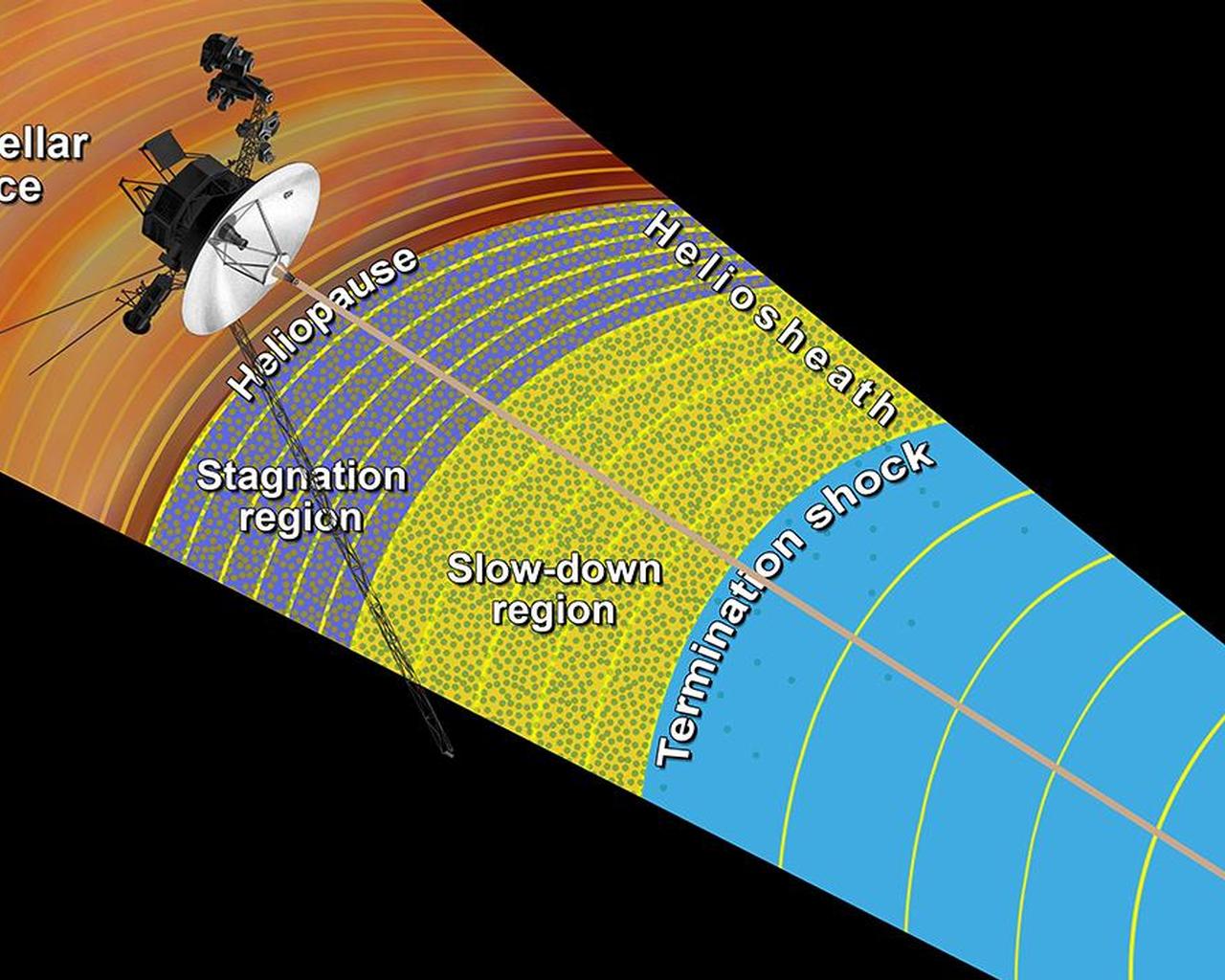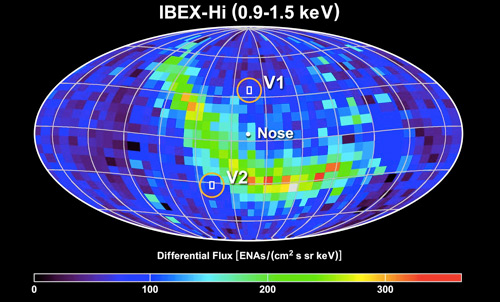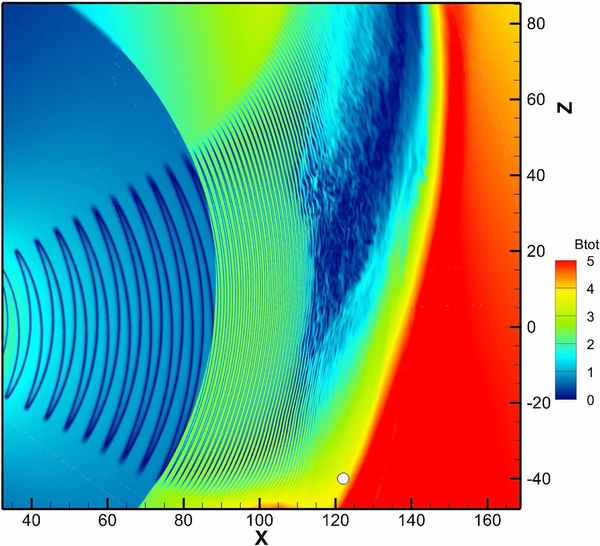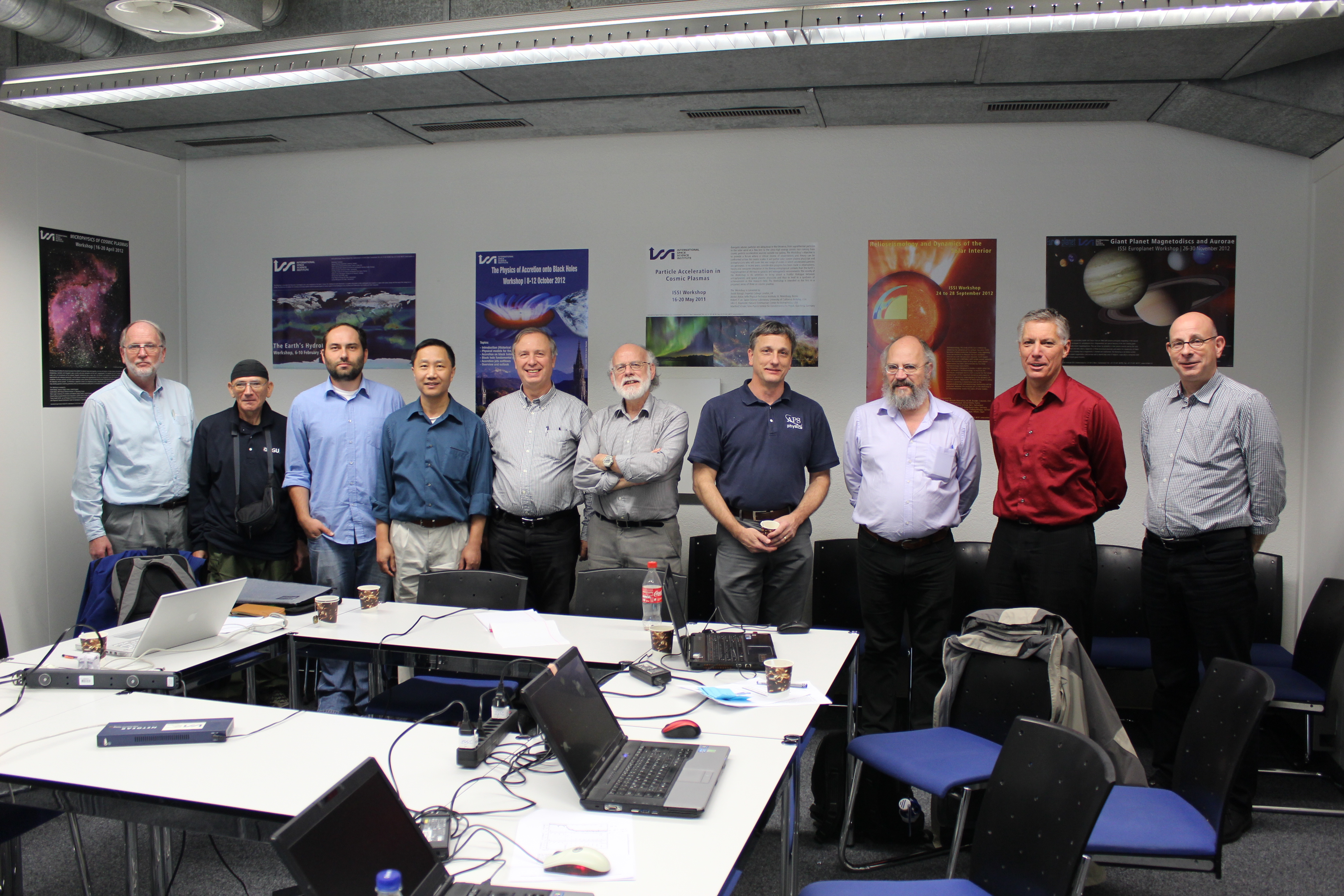






|
Team Members(from left to right:)Marius Potgieter, North-West University, Campus Potchefstroom, South Africa Andrzej Czechowski, Space Research Centre, Warsaw, Poland Roelf Du Toit Strauss, North-West University, Campus Potchefstroom, South Africa Ming Zhang, Florida Institute of Technology, Melbourne, USA Nick Pogorelov, University of Alabama, Huntsville, USA (Team Leader) Bertrand Lembege, Labor. Atmosphères, Milieux, Observ. Spatiales, Paris, France Jakobus le Roux, University of Alabama, Huntsville, USA Klaus Scherer, Ruhr-Universität Bochum, Germany Gary Zank, University of Alabama, Huntsville, USA Horst Fichtner, Ruhr-Universität Bochum, Germany (Co-Leader) Not on photo: Alex Lazarian, University of Wisconsin at Madison, USA Ed Stone, California Institute of Technology, Pasadena, USA Tobias Wiengarten, Ruhr-Universität Bochum, Germany Peter Wurz, Universität Bern, Switzerland |